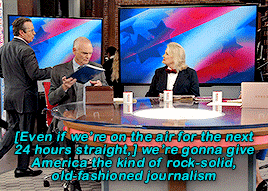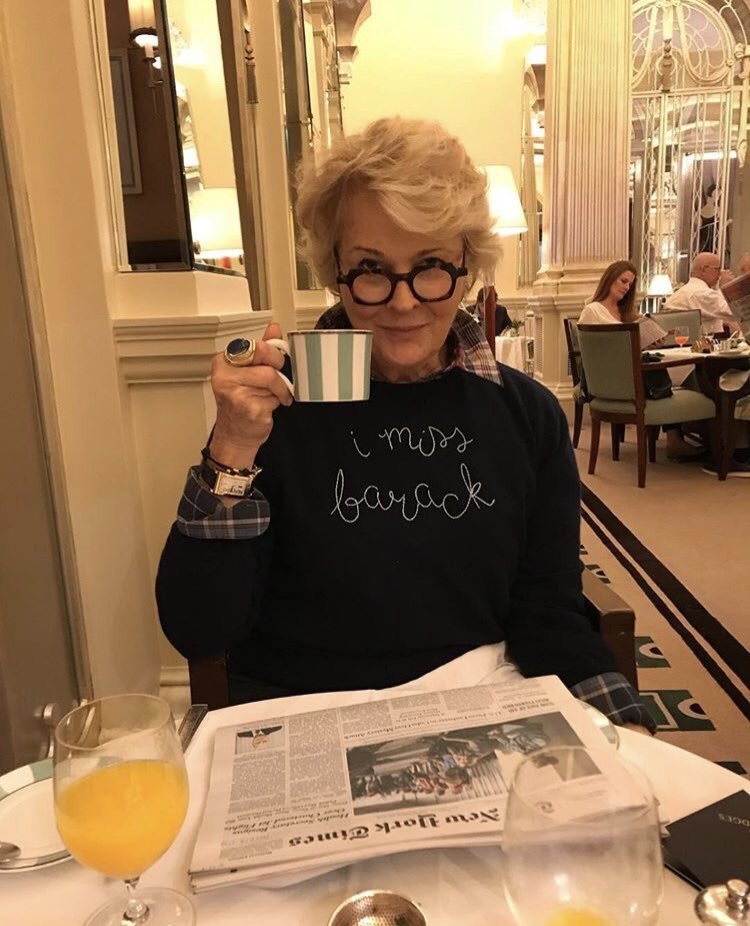Source 1:
Rousseau, Ann, et al. “A Short-Term Longitudinal Exploration of the Impact of TV Exposure on Objectifying Attitudes Toward Women in Early Adolescent Boys.” Sex Roles, 2018, doi:10.1007/s11199-018-0925-5.
This study examined how television affects the way adolescent boys understand gender stereotypes and whether it leads them to understand men as the dominant role and objectify woman. Following the suggestion that children are more likely to enjoy consuming media that reflects the environment they are raised in, the study also examined how their parents relationship in addition to the tv they watched affected their understanding of gender. The study found that parents did not monitor shows on trusted children’s channels, however, the tween television content did indirectly contribute to the development of stereotypical attitudes toward women and men. It also found that parents have strong influence over whether or not these opinions develop and can buffer them by monitoring the shows or exemplifying a respectful egalitarian relationship. While this study was conducted in Belgium, it does look to understand western culture and studies channels such as Disney and nickelodeon that american children consume. This is a useful study because the experiment not only speaks to the specific topic being researched but it expands it to include multiple factors that influence the way children’s media affects young boys understandings of gender.
Source 2:
Gerding, Ashton, and Nancy Signorielli. “Gender Roles in Tween Television Programming: A Content Analysis of Two Genres.” Sex Roles, vol. 70, no. 1-2, 2013, pp. 43–56., doi:10.1007/s11199-013-0330-z.
This study researched 49 episodes of 40 shows produced with the intended viewership of tweens in the United States. The shows were chosen if they fell into one of two categories which were geared toward the opposite genders: “teen scene” (for girls) and “action-adventure” (for boys). By comparing characters personalities, roles, conversations, and appearances, the study discovered that the action shows were disproportionate in their gender representation, having many more male characters than girls. The teen scene shows, however had equal representation. In the teen scene shows there was little stereotypical behavior and the girl and boy characters had similar personalities. All of the girls in the show were attractive and cared about their appearance whereas the guys had varying levels of attractiveness. The study determined this to mean that the message shows send to kids id that “females can participate in everything that males can, but while doing so they should be attractive and should work to keep up this attractiveness”. This article is very useful because the study was study was well conducted and it speaks directly to the issue we are looking at. It comments on how children’s television has progressed however it still contains flaws.
Source 3:
Martin, Rebecca. “Gender and Emotion Stereotypes in Children’s Television.” Journal of Broadcasting & Electronic Media, vol. 61, no. 3, Sept. 2017, pp. 499–517. EBSCOhost, doi:10.1080/08838151.2017.1344667.
This study researched both educational and non educational children’s television shows and examined the prevalence of emotional stereotypes. The study took 4 of each genre and examined the use of anger, sadness, fear, and happiness. It found that overall the shows include more male characters than female, a trend that continues throughout the years studied. The study also found that the male characters exhibited stronger emotions in all of the four categories. This result demonstrates that the shows tend to portray counter-stereotypes, especially in the entertainment shows. This study was not very useful because it looked at only 8 shows over a broad time span, such as Magic School Bus from 1994 and Curious George from 2006. The show also only looked at shows on minor networks, which are viewed by less of the population, and it did not look at how this affects the kids viewing it and whether or not it instilled any beliefs in them.
Source 4:
Campbell, Olivia. “Why Gender Stereotypes In Kids’ Shows Are A REALLY Big Deal.” Refinery29, Refinery29, 5 Dec. 2017, www.refinery29.com/kids-shows-gender-roles-stereotypes.
This article describes the problems facing childrens TV and how it can cause kids to form stereotypical understandings of gender. It references how many shows have more boys than girls, and that the boy characters are usually the heroes with a purpose and how female characters are often pushed aside and given “weaker” roles. The article argues that parents need to educate their kids that girls and boys are equal and can accomplish anything they want. While this article makes interesting points, it is not usable due to its inflammatory rhetoric and consistent use of logical fallacies. The article uses strong language to upset its readers and get them on its side. The author makes drastic assumptions, which are arguably not entirely false, such as the claim that spousal abuse and sexual assault are caused by sexism in our society and this sexism is in part caused by childrens TV. In short, children’s TV leads to violence.
Source 5:
Sarah Banet‐Weiser (2004) Girls rule!: gender, feminism, and nickelodeon,
Critical Studies in Media Communication, 21:2, 119-139, DOI: 10.1080/07393180410001688038
This piece looks at Nickelodeon children’s shows with female leads to decipher whether or not girl power is treated as a lucrative market strategy or if the shows actually succeed in providing pure feminist ideals. By focusing on a handful of major TV shows, the study finds that the channel urges both girls and boys to question the stereotypical gender narratives. The author argues that the girl power narrative behind these shows is one that parallels Third Wave feminism and that the shows offer a diverse variety of characters that demonstrate that women are contributing and worthwhile members to society. This article is usable because it studies one of the most popularly viewed children’s channel and dissects the controversial way that its feminist message is presented. It would be helpful to know more about how these messages are being understood by children as the piece mainly focuses on adult criticisms.
Source 6:
Bowman, Sabienna. “’Girl Meets World’ Is A Feminist Triumph.” Bustle, Bustle, 25 Apr. 2018, www.bustle.com/articles/175843-how-girl-meets-world-quietly-became-one-of-tvs-most-feminist-shows
One of the strongest feminist shows on television is the children’s show Girl Meets World. The story follows two best friends who come from drastically different homes, Maya and Riley, in their middle school and highschool years. It tackles many subjects that most children shows will not touch such as cultural appropriation, bullying, and STEM not being promoted for girls. The strength in the girls friendship is what makes the show such a feminist inspiration and it does what other shows fail to. The conflict of the second season is that the two girls have a crush on the same boy, however, Disney does not let the show follow stereotypes by going into stereotypical catfights to handle this love triangle. Instead the issue is put aside and friendship is prioritized in a happy resolution. The respect the women of the show have for each other and the effort they put in to help raise each other up is one that is inspiring, especially for developing young viewers. This article is useful because it gives an example of a powerfully feminist show on children’s media and the positive way it addresses social issues, giving direct examples of its strengths.






